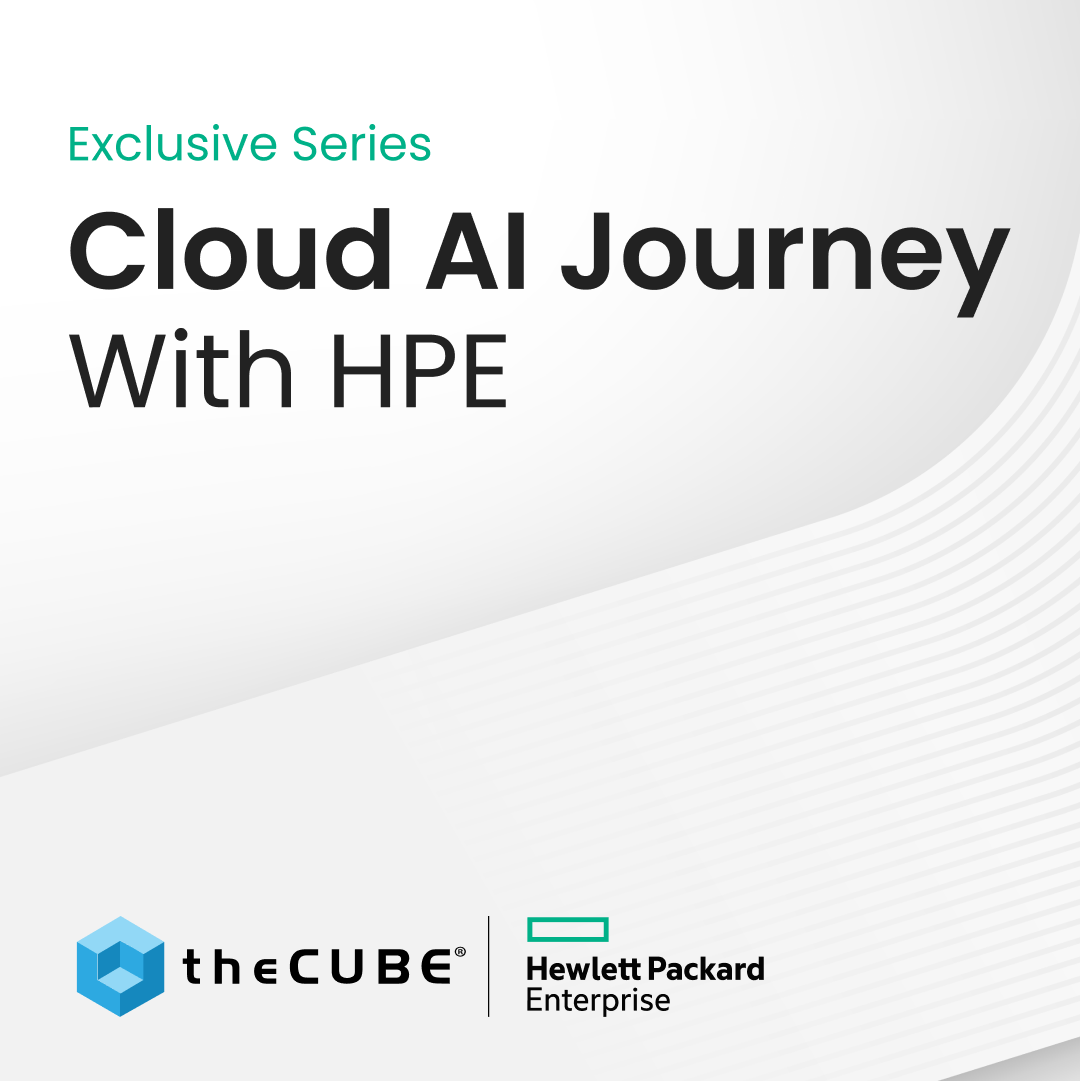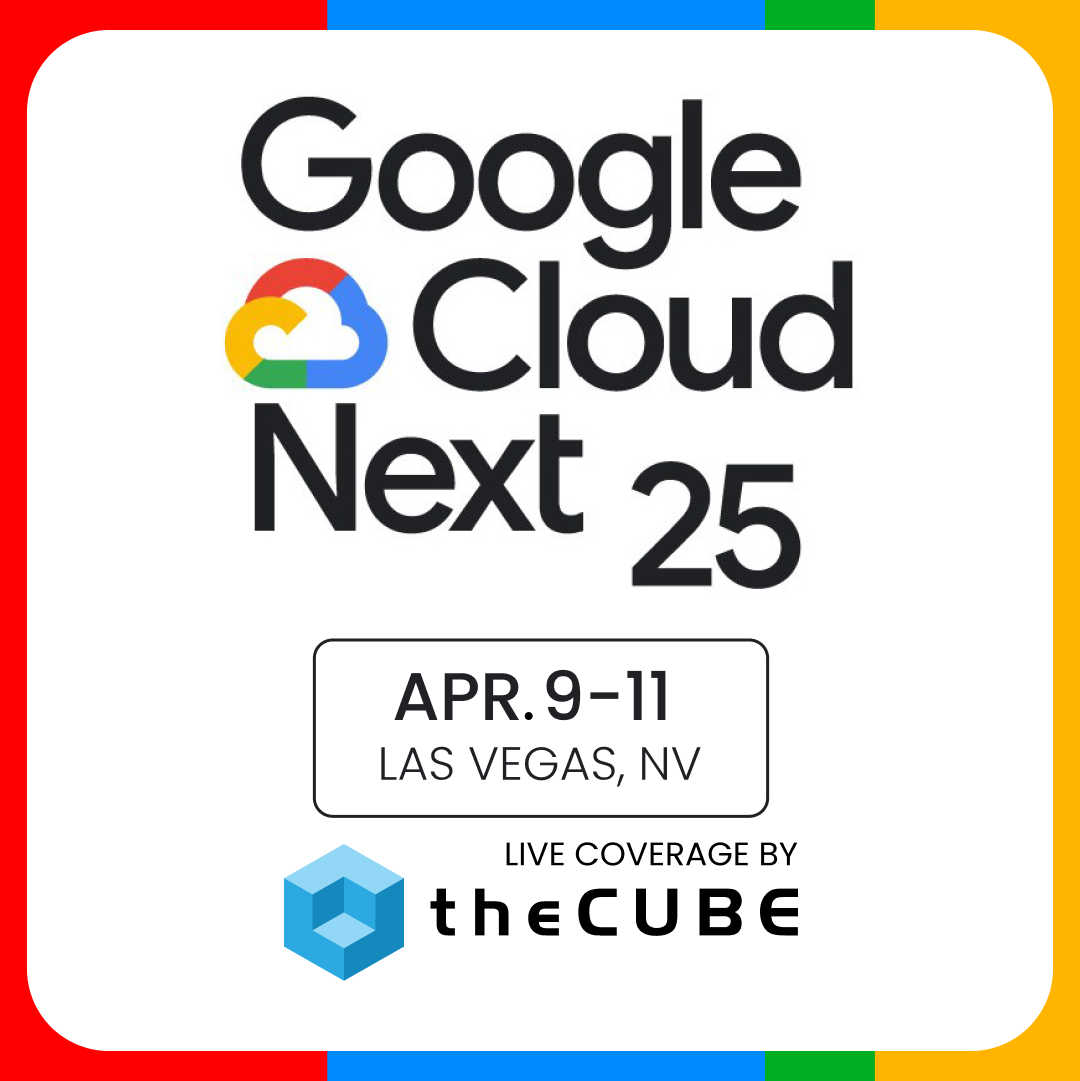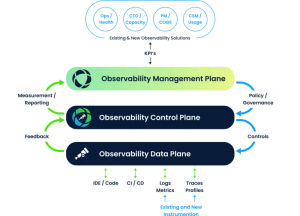Leadership Series: An Afternoon with Rightscale’s Michael Crandell
![]() I recently had lunch at Max’s in Menlo Park with Michael Crandell, the CEO of Rightscale (the cloud services manager company), to talk about trends and observations in cloud computing. You can hear the background noise at Max’s (great desserts at Max’s).
I recently had lunch at Max’s in Menlo Park with Michael Crandell, the CEO of Rightscale (the cloud services manager company), to talk about trends and observations in cloud computing. You can hear the background noise at Max’s (great desserts at Max’s).
Here are my notes from the meeting:
Rightscale has a unique perspective in that it is a leader in the cloud space. Of the entire Amazon EC2 market Rightscale has majority share and Rightscale is a top partner with Rackspace Cloud as well as being utilized in private cloud deployments.
Amazon and Rackspace are the leaders infrastructure cloud and Rightscale lives on those infrastructure APIs like Amazon and Rackspace.
Download the MP3 of the lunch meeting here or play it via the embed below.
Eucalyptus is the key area in private cloud and enterprises are looking to “cloudize” their infrastructure. Eucalyptus is a private cloud play verses VMware’s Vcloud which initially seems more focused on public clouds. VCloud is still unknown since many of the players have not seen the VCloud stuff, though many insiders in cloud industry are negative on VCloud.
RightScale Cloud traction:
The sweet spot has been in SMB, small medium sized businesses but also big enterprises.
Key traction areas in cloud efforts are:
1) Public facing complex websites
2) Flash Mobs – For services that may get flash crowds, i.e., important to be able to quickly scale up and scale down
3) Testing and development – e.g., spinning up servers to test application on new linux kernel, with new libraries, new packages, etc
4) Grid applications – batch processing in areas such as transcoding, protein analysis, risk analysis, etc
RightScale’s advice for anyone evaluating cloud strategy and tactics: Look for the low hanging fruit to deploy cloud – the easy stuff or the public facing applications. Michael sees that companies doing the easy stuff are better off than companies that just study it.
Rightscale is really looking to build an ecosystem on top of their platform. Portability across cloud providers is a big focus among ISVs.
Providing Interoperability and Strategy
Many customers are looking at the various cloud providers in a complementary way verses just a switching option. A good example is for DR (disaster recovery). For example, to guard against an Amazon outage, a DR strategy is to have the backup on a different cloud provider. Another example of he use of multiple providers is to get geographical reach for applications that have latency considerations.
Many of the standardization efforts around cloud seem to focus on APIs, which does not seem to address the key problem; problem is not syntax, but that different clouds have resources with different behaviors, such as how they handle things like backup and replication.
Abstraction is a key to portability. Good example is use of Opscode’s Chef, which makes this level of abstractions possible; allowing them to build up recipes and basic building blocks for configuration management that don’t “dumb down the cloud” by forcing a least common denominator approach.
A message from John Furrier, co-founder of SiliconANGLE:
Your vote of support is important to us and it helps us keep the content FREE.
One click below supports our mission to provide free, deep, and relevant content.
Join our community on YouTube
Join the community that includes more than 15,000 #CubeAlumni experts, including Amazon.com CEO Andy Jassy, Dell Technologies founder and CEO Michael Dell, Intel CEO Pat Gelsinger, and many more luminaries and experts.
THANK YOU













